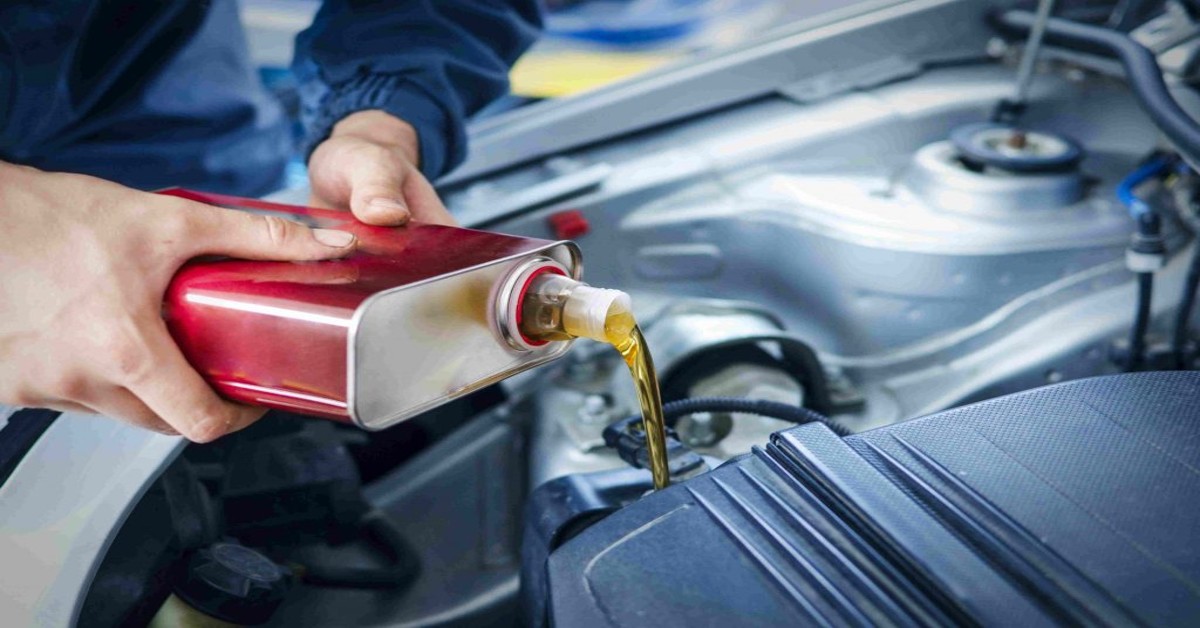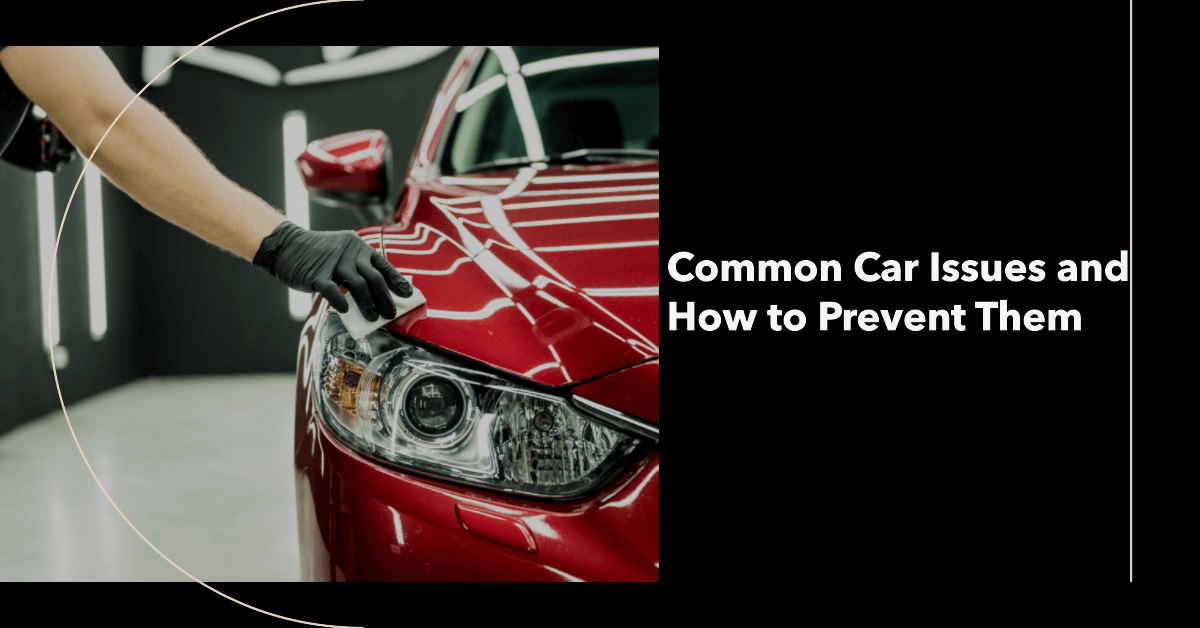Falling under the class of hydraulic fluids, brake fluid is a non-compressible and highly viscous compound, contained within the brake lines. It is used to amplify and transfers the force produced from pedal pressure into brake resistance as well as stimulating the necessary parts required for the braking process. Brake fluid also serves as a lubricant for the moving components, preventing corrosion and wear.
Though despite numerous such advantages, it holds one downside – it can damage your car’s paint. Brake fluid if left for sufficiently long enough can even eat through the base coat and impact the metal body of the car.
Speaking of the impact brake fluid is capable to have on car paint, it must be noted the fluid only has a ph level of just around 7-11, but it is able to do that serious damage to car paint due to a certain chemical in its makeup. All types of brake fluids are composed of a combination of either of the three chemicals- Glycol Ether, Borate Ester, and Silicone. Brake fluid can damage the paintwork of a car, by acting as an aggressive solvent, as exposure to the paint causes certain chemicals to make alternation in the paint molecules resulting in discoloration and even stripping of the car paint.
Table of Contents
How Does Brake Fluid Damage Car Paint
So now you know, the fluid present down beneath can hurt your car’s paintwork, but you might be wondering, how might you come across such a situation knowing the potential harm brake fluid can cause.
Brake fluid is a hygroscopic liquid which means it absorbs and accrues moisture from the atmosphere that can potentially lead to corrosion of the metal parts in the braking system. This is primarily why a fluid replacement is recommended every 30000 miles. Interestingly, this is also the time where brake fluid is most likely to come in contact with your paint, especially if you do it yourself. So, if you’re not a victim of brake fluid paint vandalism, this is the place you should be most wary of. Severe paint damage is on the brink if do not carefully perform the replacement. Usually, the spillage occurs after bleeding the brakes when new brake fluid is being poured. It is recommended to get the brake fluid replaced by a qualified mechanic to avoid any such issue.
Being aware of how to avoid brake fluid damage, now let’s understand why the hydraulic fluid of this grade is hostile to paintworks.
The brake fluid’s severe hostility towards the paintwork is due to a compound present in its chemical structure called glycol. Glycol reacts with the molecules present in the paint’s chemical makeup and creates an acidic effect, burning through the layers of coating and reaching into the paint to wreak havoc.
The brake fluid reacts on the paint very quickly, leaving noticeable stains in as little as 10 minutes. The severity of damage correlates with the time it’s left unchecked, so if you happen to not notice it all, the chemical can eat through all the layers of coating, damaging the metal body of the car itself.
How to prevent brake fluid stain on your car
The worst has happened, you spilled brake fluid on your car’s paint! Now what?? If you care about the glossy showroom finish or have just got your car waxed, you need to be quick on your feet. The splotches and spots from brake fluid are quick to occur so get everything you have to wash your car.
Wipe Brake Fluid Off
The first thing you need to do is wipe every bit of the brake fluid spilled. In case of a small spill focus your attention on the particular spot however a big spill requires a meticulous inspection for small droplets that can reach a much wider area. Make sure to choose the path of wiping wisely, do not smear the fluid unnecessarily. Take it off the panel from the shortest distance possible. For droplets, soak the sponge well but do not waste too much time with them.
Wash the Paint
Next, get a bucket full of water and soap, preferably for cars, but really any soap would do in this situation. Wash the affected area with detergent and water. Dip the sponge or cloth whatever you have well in the solution and be quick.
Clean Thoroughly
To finish off and make sure nothing remains of the execrable brake fluid, splash water repeatedly. Finally, wipe the area thoroughly with a dry piece of cloth.
If you have been quick to act, don’t worry, your beautiful paintwork will be fine. Though in the nightmare scenario where spots from the brake fluid damage are visible, there isn’t much you can do. Take a look at the chart below to get a better gauge of your situation-
5 minutes or less: No damage if cleaned properly.
10 minutes: faint spots
15 minutes: visible stains with ruined clear coat
30 minutes: Severe paint damage has occurred. Acid-like effect on the paint.
To remove the stains from brake fluid you should get your car repainted from a highly equipped workshop that deals with such accidents and if the fluid has seeped in and caused metal damage, thorough dent-paint work is recommended.
Can Antifreeze Damage Car Paint
Among all the fluids in a car that can potentially damage its showroom finish, antifreeze is one of the better-tolerated fluids, at least by modern paints. Older Vehicles, sporting ethylene glycol paint will be stripped off their coat if exposed to antifreeze for more than ten minutes Though modern paint made up of Propylene glycol will have little to no effect in such a short while. But this does not mean you should completely ignore Antifreeze as a danger and be careless with it. It can still damage the paintwork of your car and should be wiped off immediately if spilled by any chance.
Can Power Steering Fluid Damage Car Paint
While both brake and power steering fluids are a type of hydraulic fluid, they differ in their composition. They also have different compressibility, boiling points, and lubrication. Unlike brake fluid which extremely detrimental to paintwork, power steering is actually quite forgiving in that it does not show any signs of damage even after few hours of sitting on the paint. However, power steering fluid spilled on the paintwork can make slight blemishes visible on the top layer if left for very long. If you happen to spill some, do not take your chances and wash it off.
We hope you never have to find out what the brake fluid does to a car’s paint in practicality and wish we could provide such emergency service for you. In case, you haven’t been lucky with your car and need help with assessing paint damage plus a detailed plan for a repaint, your personal car service, we are here to help.




